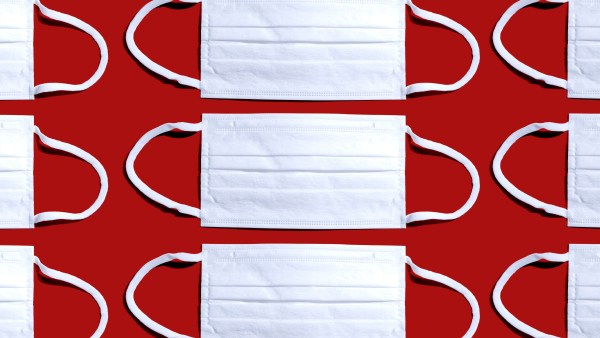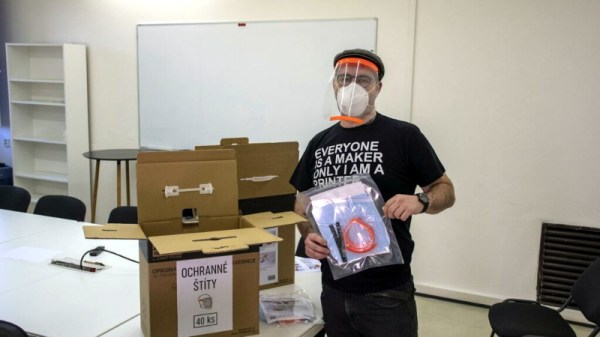Join us on Wednesday, June 17 at noon Pacific for the PPE Testing Hack Chat with Hiram Gay and Lex Kravitz!
When the COVID-19 pandemic unfolded in early 2020, the hacker community responded in the most natural way possible: by making stuff. Isolation and idleness lead to a creative surge as hackers got to work on not only long-deferred fun projects but also potential solutions to problems raised by an overloaded medical system and choked supply chains. And so workshops and hackerspaces the world over churned out everything from novel ventilators to social-distancing aids.
But perhaps the greatest amount of creative energy was set loose on the problem of personal protective equipment, or PPE. This was due in no small part to predictions of a severe shortage of the masks, gowns, and gloves that front-line medical workers would need to keep them safe while caring for pandemic victims, but perhaps also because, at least compared to the complexity of something like a ventilator, building a mask seems easy. And indeed it is as long as you leave unanswered the crucial question: does the thing work?
Answering that question is not as easy as it seems, though. It’s not enough to assume that putting some filtration between the user and the world will work; you’ve got to actually make measurements. Hiram Gay and Lex Kravitz, colleagues at the Washington University School of Medicine in St. Louis, actually crunched the numbers on the full-face snorkel mask they modified for use as a face shield for medical PPE, and they have a lot of insights to share about proper testing of such devices. They’ll join the Hack Chat this week to discuss their findings, offer advice to builders, and reveal how they came up with their idea for a different way to build and test PPE.
 Our Hack Chats are live community events in the Hackaday.io Hack Chat group messaging. This week we’ll be sitting down on Wednesday, June 17 at 12:00 PM Pacific time. If time zones have you down, we have a handy time zone converter.
Our Hack Chats are live community events in the Hackaday.io Hack Chat group messaging. This week we’ll be sitting down on Wednesday, June 17 at 12:00 PM Pacific time. If time zones have you down, we have a handy time zone converter.
Click that speech bubble to the right, and you’ll be taken directly to the Hack Chat group on Hackaday.io. You don’t have to wait until Wednesday; join whenever you want and you can see what the community is talking about.
Continue reading “PPE Testing Hack Chat”














